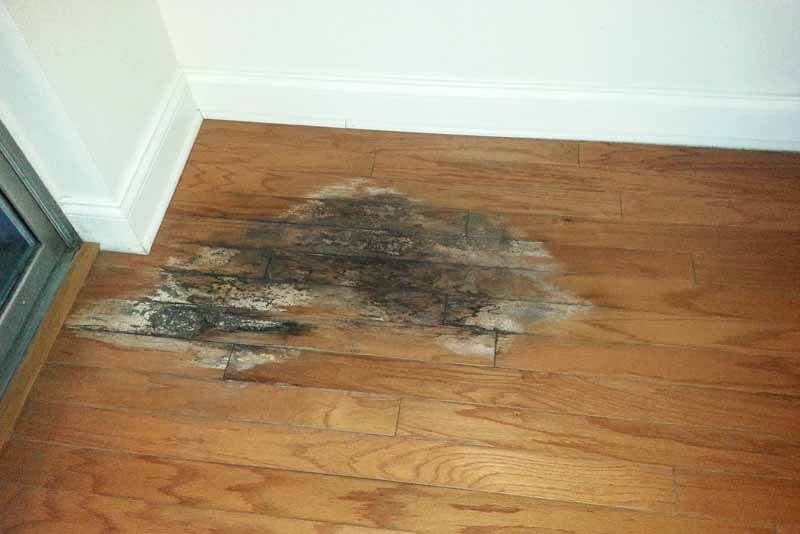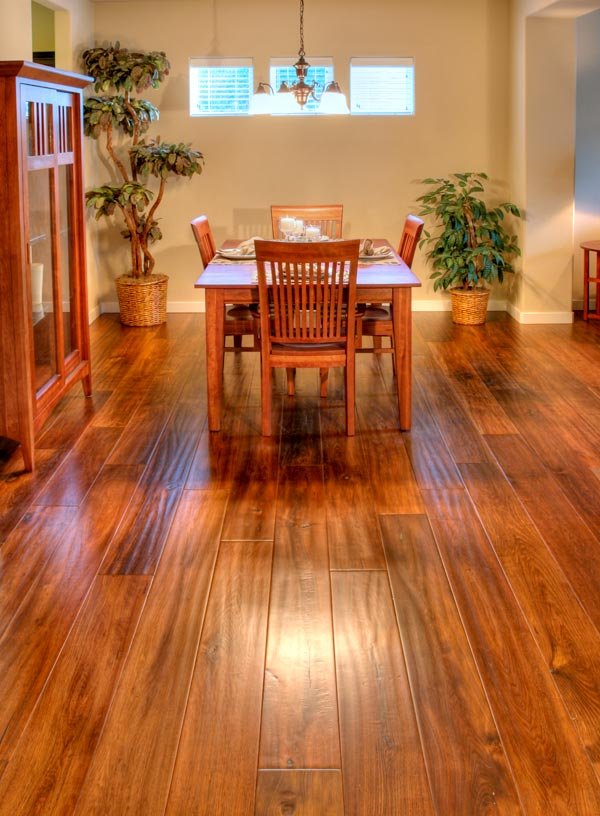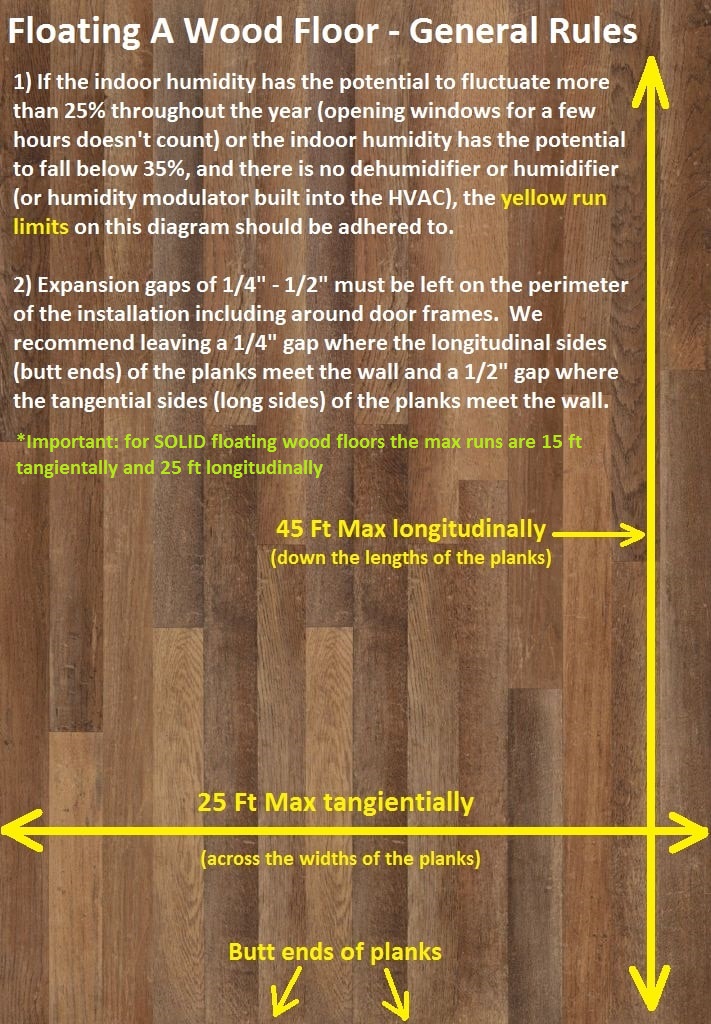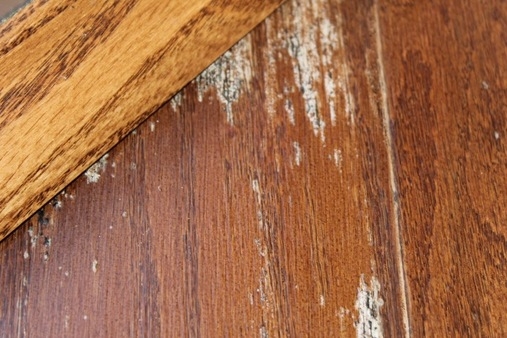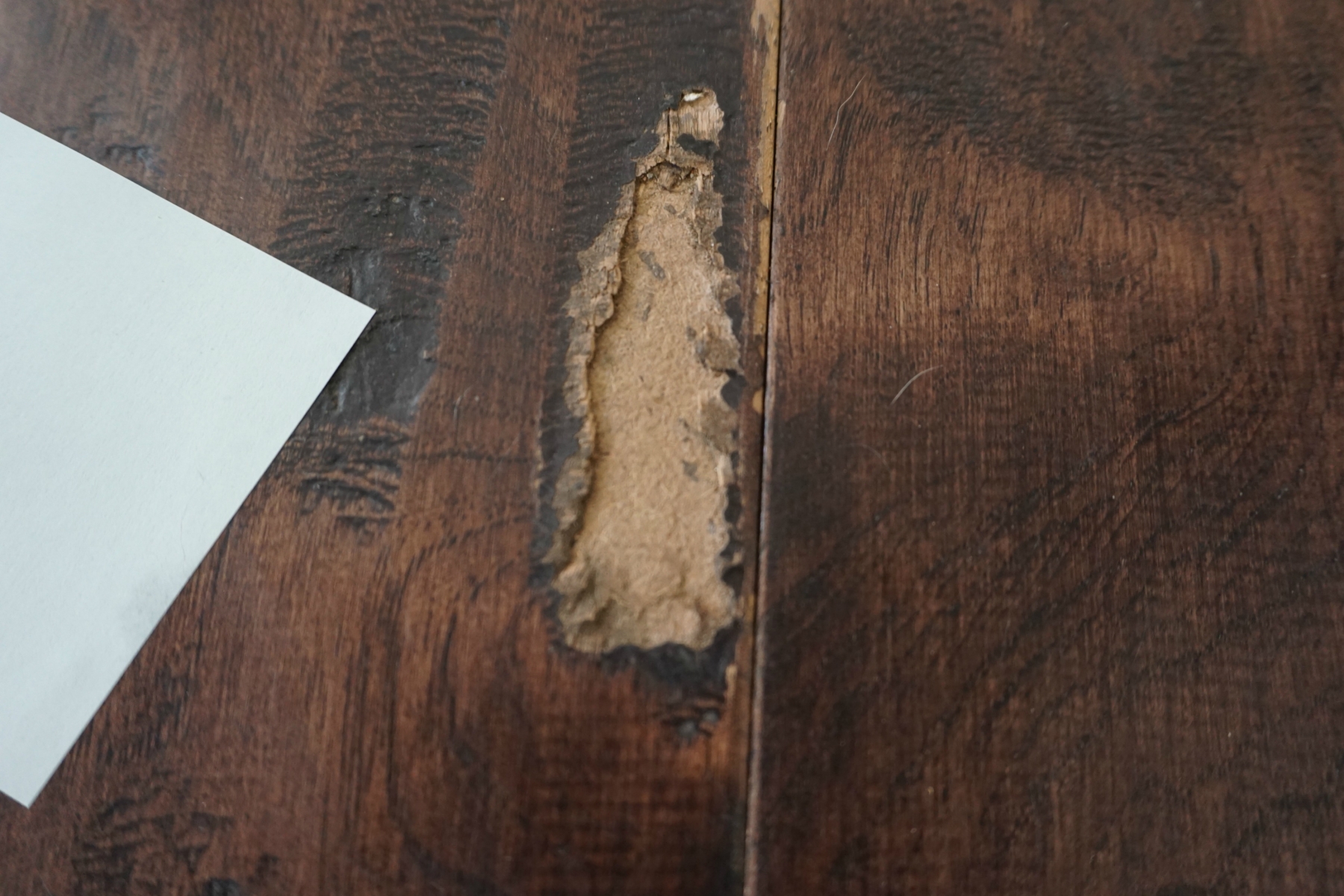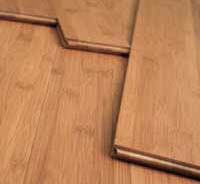Bamboo Flooring Humidity Problems
Bamboo flooring is a popular and eco-friendly choice for homeowners due to its durability, aesthetic appeal, and sustainability. However, like any natural material, bamboo is susceptible to humidity problems. Understanding how humidity affects bamboo flooring and how to mitigate these issues is crucial for maintaining its beauty and longevity. This comprehensive guide will delve into the impact of humidity on bamboo flooring, preventative measures, installation tips, and maintenance practices.
Understanding the Impact of Humidity on Bamboo Flooring
Humidity can significantly affect bamboo flooring, causing it to expand or contract based on the moisture levels in the air. Bamboo, being a natural material, reacts to changes in its environment, and understanding these reactions is essential for proper care.
High humidity levels cause bamboo flooring to absorb moisture from the air, leading to expansion. This can result in the floor buckling, warping, or cupping. These changes can damage the aesthetic appeal of the floor and may require costly repairs. It is especially problematic in regions with high humidity or during wet seasons.
Conversely, low humidity levels can cause bamboo flooring to lose moisture, leading to contraction. This can create gaps between the planks, making the floor look uneven and potentially compromising its structural integrity. Such issues are common in areas with dry climates or during winter when indoor heating reduces humidity levels.
The ideal indoor humidity level for bamboo flooring is between 40% and 60%. Maintaining this range can help prevent the adverse effects of both high and low humidity, ensuring the flooring remains stable and attractive. Regular monitoring and control of indoor humidity levels are crucial to preserving the condition of bamboo floors.
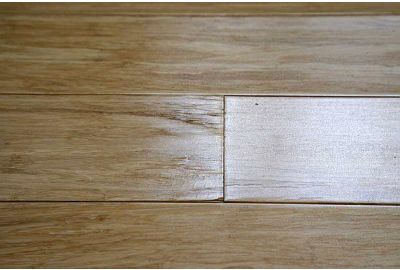
Preventative Measures to Control Humidity
Preventing humidity-related problems with bamboo flooring starts with controlling the indoor environment. There are several strategies homeowners can employ to maintain optimal humidity levels and protect their bamboo floors.
Using a humidifier or dehumidifier can help maintain the ideal humidity range. In dry climates or during winter, a humidifier adds moisture to the air, preventing the bamboo from drying out and contracting. Conversely, in humid climates or during summer, a dehumidifier reduces excess moisture, preventing the bamboo from absorbing too much water and expanding.
Air conditioning systems can also help control humidity levels. Air conditioners reduce indoor humidity by cooling the air and removing moisture. This is particularly useful in regions with high humidity or during hot and humid seasons. Ensuring your HVAC system is functioning correctly and regularly maintained can aid in humidity control.
Proper ventilation is another critical factor. Ensuring your home is well-ventilated helps regulate humidity levels naturally. Using exhaust fans in areas prone to moisture, such as bathrooms and kitchens, can help remove excess humidity. Opening windows and using ceiling fans can also improve air circulation and reduce humidity buildup.
Lastly, installing a vapor barrier during the installation of bamboo flooring can prevent moisture from seeping through the subfloor. This is particularly important in areas with high humidity or where the subfloor is concrete, which can absorb and transmit moisture to the bamboo flooring.
Installation Tips to Prevent Humidity Problems
Proper installation of bamboo flooring is crucial to minimizing humidity problems. Following best practices during installation can help ensure the flooring remains stable and beautiful over time.
Acclimating the bamboo flooring before installation is essential. This process involves allowing the bamboo planks to adjust to the room’s humidity and temperature for at least 72 hours before installation. This helps reduce the risk of expansion or contraction after the flooring is installed. Ensure the planks are stored in the room where they will be installed and not in a garage or other area with different environmental conditions.
Choosing the right type of bamboo flooring can also impact how it responds to humidity. Strand-woven bamboo is more resistant to moisture and temperature changes compared to traditional horizontal or vertical bamboo. It is denser and more stable, making it a better option for areas with fluctuating humidity levels.
Proper spacing during installation is crucial. Allowing for an expansion gap around the perimeter of the room gives the bamboo flooring space to expand and contract without causing damage. This gap can be covered with baseboards or moldings to maintain a clean appearance.
Using the correct adhesive and installation method is vital. For glue-down installations, use a high-quality adhesive that is recommended for bamboo flooring and suitable for your specific subfloor type. Follow the manufacturer’s guidelines to ensure proper application. For floating floor installations, ensure the underlayment provides adequate moisture protection and cushioning.
Maintenance Practices for Bamboo Flooring
Regular maintenance practices are essential to keep bamboo flooring in good condition and mitigate humidity-related issues. Proper care helps extend the life of the flooring and maintain its appearance.
Regular cleaning is vital. Sweep or vacuum the floor regularly to remove dirt and debris that can cause scratches. Use a damp mop with a mild, pH-neutral cleaner designed for hardwood or bamboo floors. Avoid using excessive water, as this can seep into the seams and cause the bamboo to swell.
Monitor indoor humidity levels with a hygrometer. This simple device measures the humidity in the air, allowing you to take action if levels are too high or too low. Maintaining the ideal humidity range of 40% to 60% helps prevent expansion and contraction.
Protect the floor from water damage. Wipe up spills immediately to prevent moisture from seeping into the bamboo. Use mats or rugs in areas prone to water exposure, such as near sinks or entryways. Ensure these mats are breathable to prevent trapping moisture underneath.
Reapply a protective finish if necessary. Over time, the finish on bamboo flooring can wear down, making it more susceptible to moisture and scratches. Follow the manufacturer’s recommendations for refinishing the floor. Regularly maintaining the finish helps protect the bamboo and keeps it looking its best.
Common Mistakes to Avoid
Avoiding common mistakes can help you maintain the beauty and longevity of your bamboo flooring. Here are some errors to watch out for:
Neglecting to acclimate the flooring: Failing to acclimate bamboo flooring before installation can lead to significant expansion or contraction issues. Always allow the planks to adjust to the room’s conditions for at least 72 hours.
Using excessive water for cleaning: Bamboo flooring is sensitive to moisture. Using too much water when mopping can cause the bamboo to swell and warp. Always use a damp mop and ensure it is well-wrung before cleaning.
Ignoring indoor humidity levels: Not monitoring and controlling indoor humidity can lead to problems with bamboo flooring. Use a humidifier or dehumidifier as needed to maintain optimal humidity levels and prevent expansion or contraction.
Skipping the use of a vapor barrier: When installing bamboo flooring over concrete or in areas with high humidity, not using a vapor barrier can result in moisture seeping through the subfloor and damaging the bamboo. Always use a vapor barrier to protect against moisture.
How does humidity affect bamboo flooring?
Humidity affects bamboo flooring by causing it to expand when humidity is high and contract when humidity is low. High humidity levels can lead to the bamboo absorbing moisture, resulting in buckling, warping, or cupping. Low humidity levels can cause the bamboo to lose moisture, creating gaps between the planks. Maintaining an indoor humidity level between 40% and 60% helps prevent these issues.
Can bamboo flooring be used in high-humidity areas?
Bamboo flooring can be used in high-humidity areas if proper precautions are taken. It is essential to control indoor humidity levels using dehumidifiers and air conditioning systems. Choosing strand-woven bamboo, which is more resistant to moisture, and installing a vapor barrier can also help. Regular maintenance and immediate cleanup of spills are crucial in high-humidity environments.
What are the signs of humidity damage in bamboo flooring?
Signs of humidity damage in bamboo flooring include buckling, warping, cupping, and gaps between the planks. Buckling occurs when the floor expands and pushes against walls or other fixed objects. Warping and cupping happen when the planks absorb moisture unevenly, causing them to lift or curl at the edges. Gaps form when the flooring contracts due to low humidity levels.
How can I prevent gaps in my bamboo flooring?
To prevent gaps in bamboo flooring, maintain a consistent indoor humidity level between 40% and 60%. Use a humidifier in dry climates or during winter to add moisture to the air. Ensure the flooring is properly acclimated before installation and leave an expansion gap around the perimeter. Regularly monitor humidity levels with a hygrometer and take action if levels fall outside the ideal range.
Is it necessary to use a vapor barrier with bamboo flooring?
Using a vapor barrier is necessary when installing bamboo flooring over concrete subfloors or in high-humidity areas. A vapor barrier prevents moisture from seeping through the subfloor and damaging the bamboo. It provides an additional layer of protection, ensuring the longevity and stability of the flooring. Always follow the manufacturer’s recommendations regarding vapor barriers during installation.
Bamboo Flooring Humidity – Flooring Site
Common Causes of Bamboo Flooring Shrinkage Ambient
Mohawk Bamboo Floor Problems Bamboo flooring, Flooring, Bamboo
Wood and Bamboo Flooring Problems
Bamboo Flooring Problems Shrinking – Flooring Ideas
Bamboo Wood Flooring Problems
Bamboo Wood Flooring – What to Know About Bamboo Flooring
Related Posts:
